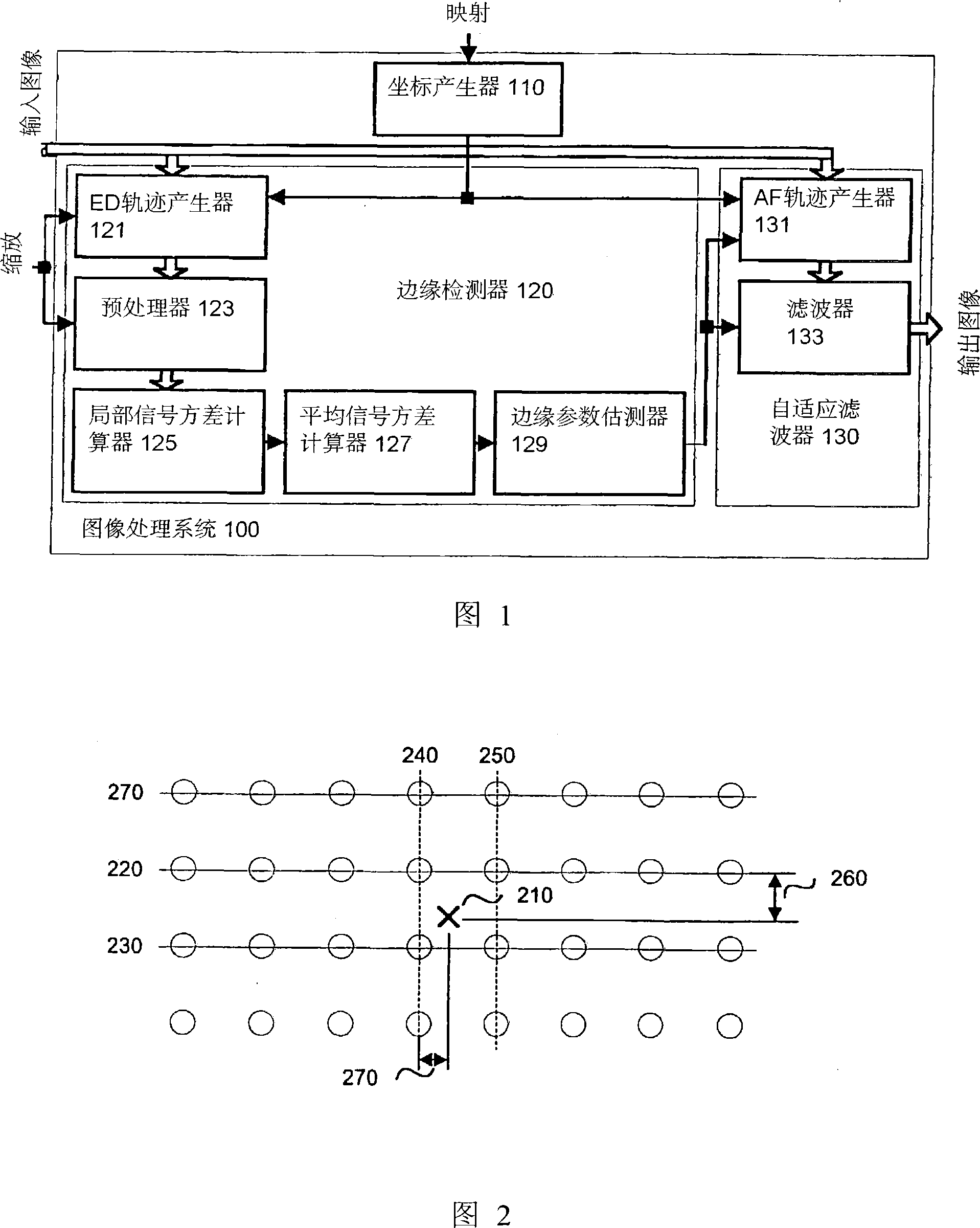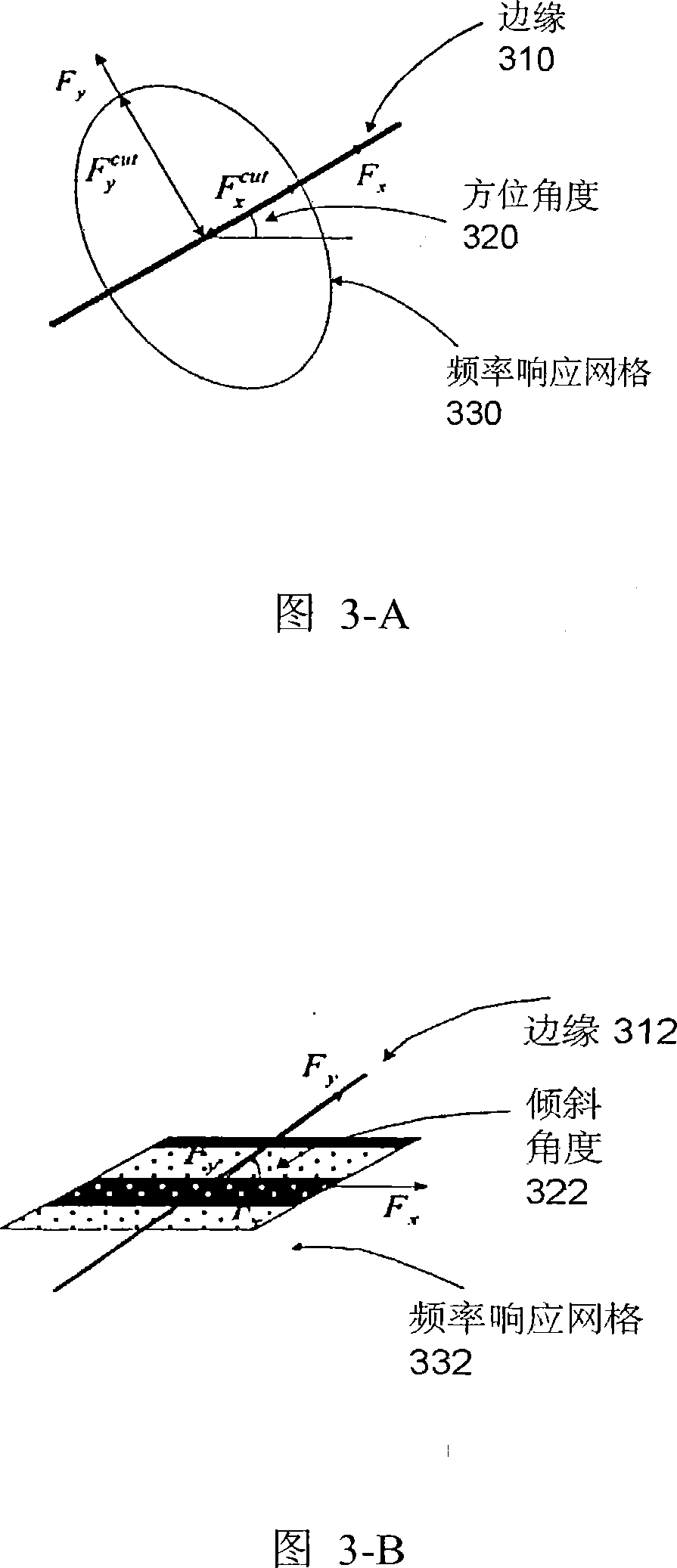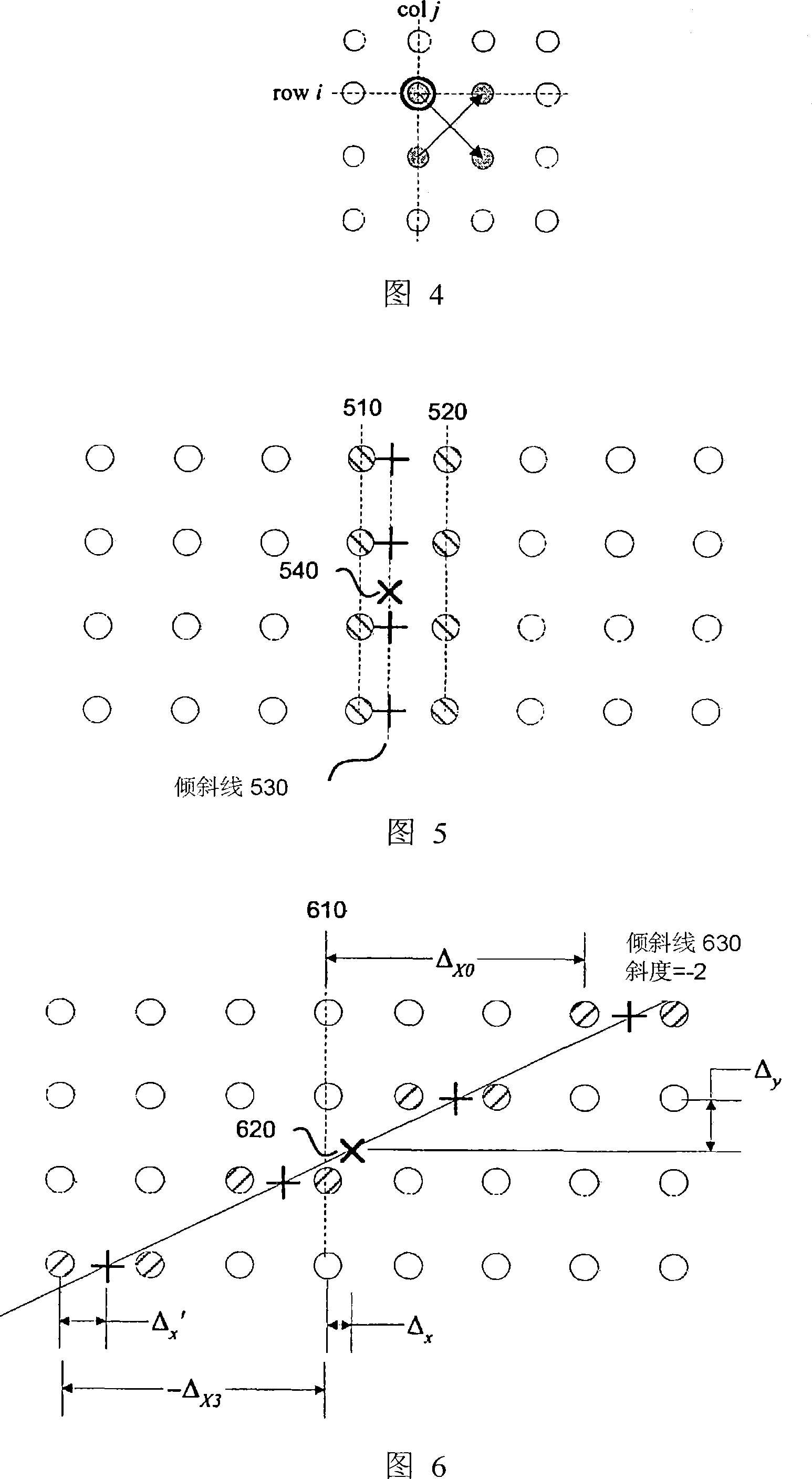Edge adaptive image expansion and enhancement system and method
An edge, digital image technology, applied in the field of edge adaptive filtering, can solve problems such as limiting image quality
- Summary
- Abstract
- Description
- Claims
- Application Information
AI Technical Summary
Problems solved by technology
Method used
Image
Examples
Embodiment Construction
[0046] FIG. 1 is a schematic diagram of an image processing system 100 constructed according to the present invention, which uses edge-adaptive filtering to implement image expansion and enhancement. The image processing system 100 includes a coordinate generator 100 for transforming pixel coordinates from an output image space to an input image space, an edge detection (ED) locus generator for introducing input pixels into edge detection calculations, Preprocessor 123 for pre-filtering and downsampling of the input image, Local Signal Variance Calculator 125 for computing input pixel signal variance, Average Signal Variance Calculator for producing a representation of the signal behavior around the processed output pixel 127. Edge parameter estimator 129 for computing edge parameters, Adaptive Filter (AF) trajectory generator 131 for introducing input pixels into final filtering and filter 133 for computing output pixels.
[0047] In an embodiment of the invention, filtering is...
PUM
 Login to View More
Login to View More Abstract
Description
Claims
Application Information
 Login to View More
Login to View More - R&D
- Intellectual Property
- Life Sciences
- Materials
- Tech Scout
- Unparalleled Data Quality
- Higher Quality Content
- 60% Fewer Hallucinations
Browse by: Latest US Patents, China's latest patents, Technical Efficacy Thesaurus, Application Domain, Technology Topic, Popular Technical Reports.
© 2025 PatSnap. All rights reserved.Legal|Privacy policy|Modern Slavery Act Transparency Statement|Sitemap|About US| Contact US: help@patsnap.com



